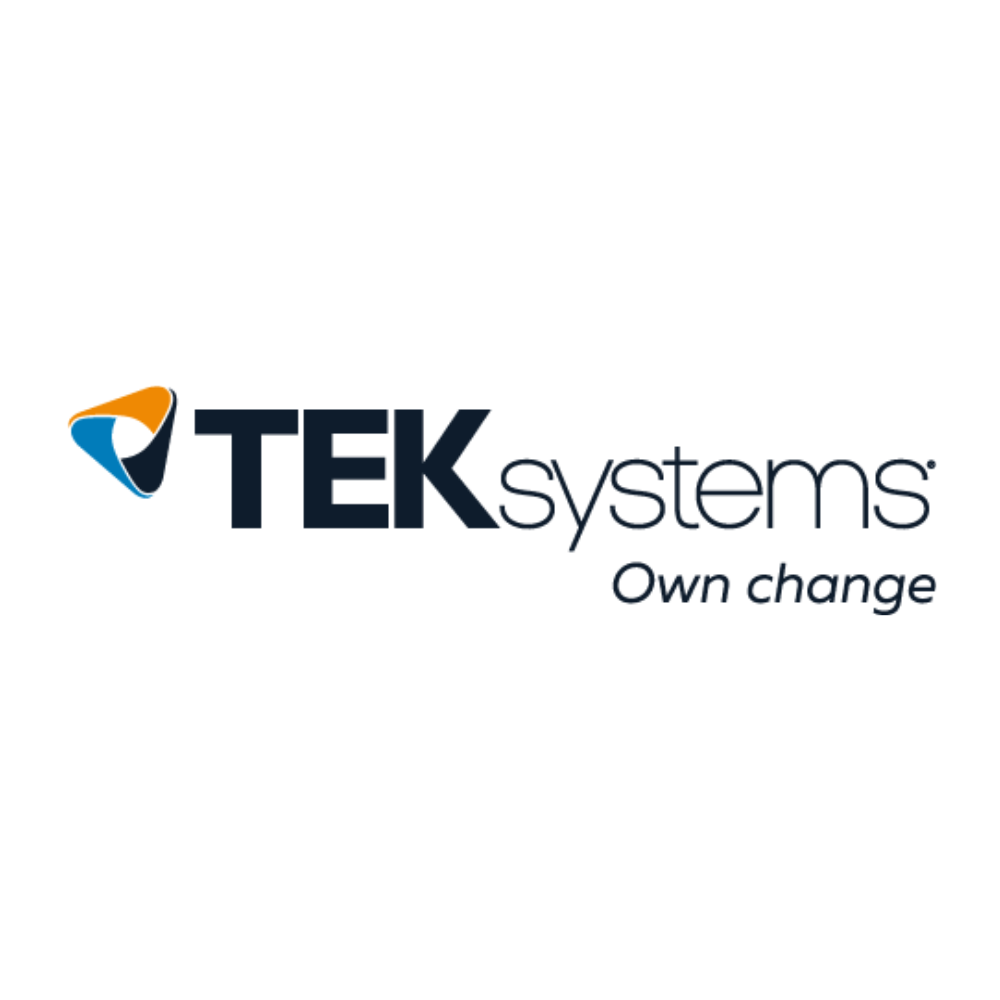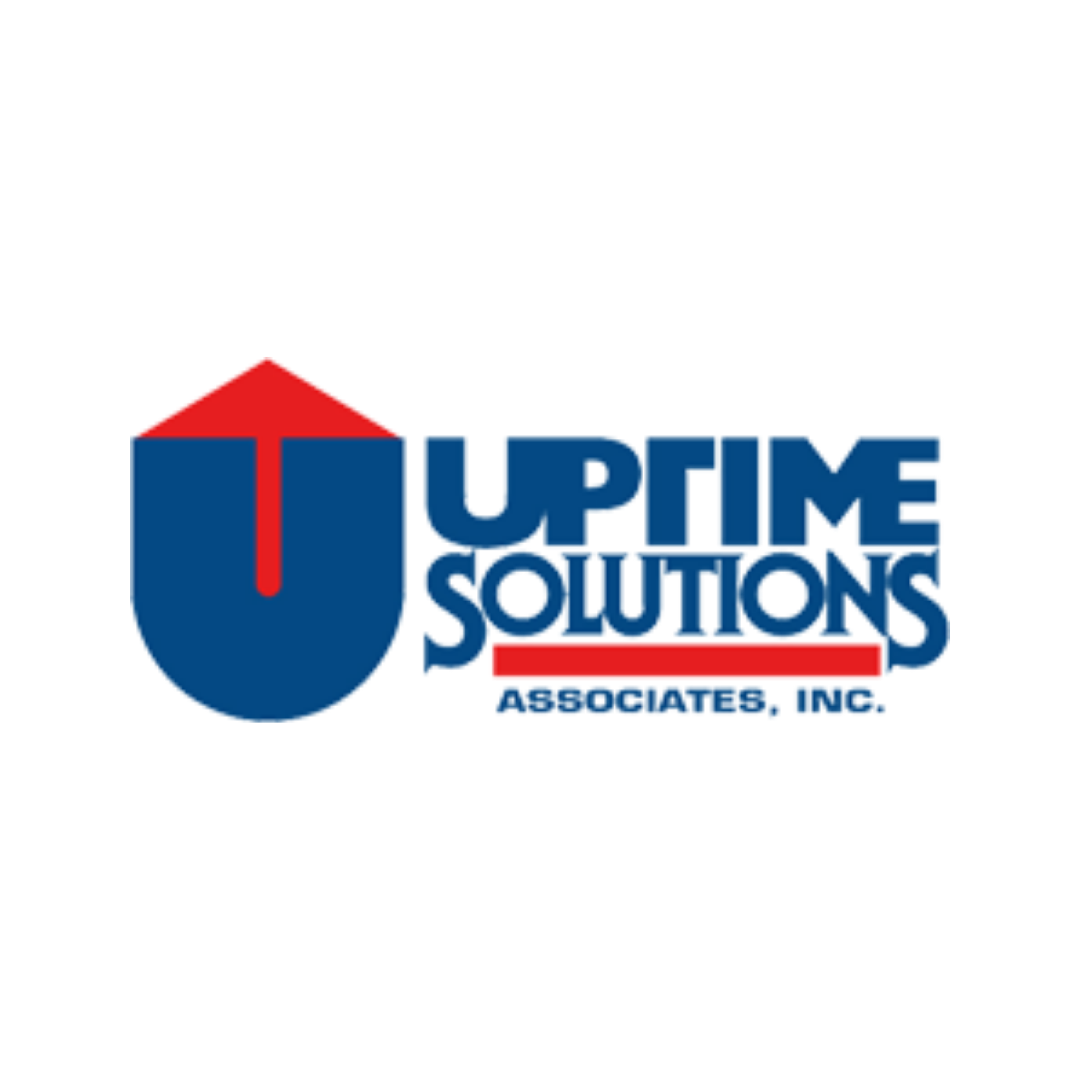
Over the past two decades in the IT world, holding various positions from programmer to IT leader, one constant has been the unrelenting pace of change. According to McKinsey, over 50% of organizations have now adopted AI in at least one business unit, and that number continues to climb each year. The recent resurgence of AI in the past few years has only accelerated this trend, bringing both promise and confusion. Amid the noise it can be difficult to know where to start and easy to get distracted by the latest “shiny object”. This is why taking an outcomes-based approach to AI and technology adoption is more important than ever. Aligning your investments with clear business objectives not only drives meaningful value but also ensures you’re working with the right partners and tools to protect your long-term technology investment.
Ramifications of Poorly Planned Tech Investments
Most organizations fixate on upfront costs such as licensing and implementation but also try to force solutions using tools they’ve already invested in, even when those tools are likely not the right fit. This mindset often leads to misalignment with business strategy, low user adoption and growing technical debt. According to a Boston Consulting Group study, 70% of digital transformation efforts fail to meet their stated objectives, often due to poor planning, lack of alignment, or underestimating the complexity of integrating new capabilities into outdated environments. We’ve seen platforms deployed without clear ownership, analytics tools that go unused because no one trusts the data, and entire initiatives stalled due to poor change management. These hidden costs don’t show up on day on, however they compound quickly. Protecting your investment means thinking beyond delivery day and building with the end in mind and ensuring your teams are equipped to evolve with the tools that they use.
Data Analytics – Harnessing the Power
Data Analytics and subsequent AI enablement is both a foundational capability and a force multiplier for any technology investment. Yet too often, it’s treated as an afterthought, something to “get to later” once systems are live. That approach leaves organizations with fragmented insights and missed opportunities. In my experiences, companies that emphasize that data must be intentionally designed around business outcomes from the start are always the most successful. This includes things like building scalable pipelines, establishing clear ownership, creating a culture of data literacy and fluency, and ensuring that the data is usable by those who need it. A mature analytics approach doesn’t just support reporting, it fuels agility, drives innovation and turns platforms like AI or cloud infrastructure into truly strategic assets. Protecting your investment means ensuring that your data strategy is built to deliver value now and evolve over time.
Case Studies – Current Client Examples
We are currently working with several companies in various capacities to help them navigate these rapidly increasing technology changes. In one example, there is a new CFO who quickly surfaced deep frustrations with a lack of reporting flexibility causing inaccurate financial reporting. This was mainly triggered by inaccurate data, with internal teams struggling to deliver timely and trusted insights. As a result, they are consolidating and modernizing their data architecture and ingestion standards to accommodate better internal and external reporting as well as centralize on a platform for future AI usage. This protected investment will enable them to also reduce technical debt, saving crucial dollars as they pivot to an outcomes-based model. We partnered with the office of the CFO to implement a new “Ways of Working” framework to increase the time to market, increasing reporting cycle times with more accuracy, and with alignment of the needs of executive leadership. More importantly, the organization is building a foundation for ongoing agility, one where data and delivery practices move in lockstep to support informed decision-making.
Myths that Commonly Undermine Technology ROI
Even with the best intentions, many organizations fall victim to myths that tend to erode the anticipated value of their technology investments. Three of these common myths are outlined below:
- If we build it, they will come…
Launching a new platform or dashboard does not always guarantee adoption. Without clear communications, planning, user training and ongoing engagement, even the most well-designed solutions can sit unused. Adoption must be a part of the delivery plan from Day One!
- Our data is so messy, we have no choice but to manipulate it…
This mindset stops progress before it even begins. The reality is: messy data is normal, and waiting for it to be perfect is a losing game. The real opportunity lies in embracing the mess, by putting the right strategy, standards, and tools in place to transform raw data into trusted, business-ready insights. Progress starts with what you have and engaging with your current data, however imperfect, is what drives maturity, trust and value. Every successful data journey begins with taking inventory, finding out what is actually useful and committing to iterative improvement.
- We’ll add analytics in later, this project is too large
Deferring analytics to the end of a large initiative is one of the fastest ways to lose momentum and miss early wins. Embedding analytics from the beginning helps guide decisions, demonstrate progress, and ensure the final product delivers actionable insights, not just functionality.
Conclusion – Build with Purpose, Protect with Discipline
Technology is evolving faster than ever, and with that speed comes both opportunity and risk. Protecting your investment isn’t just about choosing the right tools, it’s about aligning those tools to real and measurable business outcomes. Designing for usability and adoption and ensuring data becomes a driver of insight rather than a source of confusion. As a delivery consultant, I’ve seen firsthand how purposeful strategy, pragmatic execution, and the willingness to challenge long-held myths can transform initiatives from costly experiments into long-term value engines. No matter where you are on your journey, it’s important to start with intentionality, because protecting your investment starts with making sure it was built to matter in the first place.
By: Brian Henn – Sr. VP of Solutions Delivery and Data Practice Director at Vaco by Highspring














.png)




